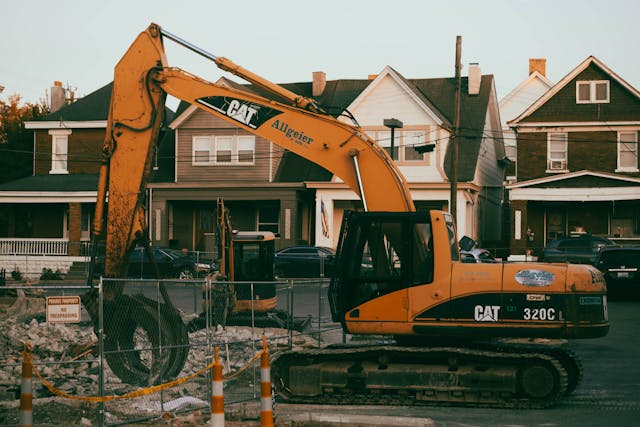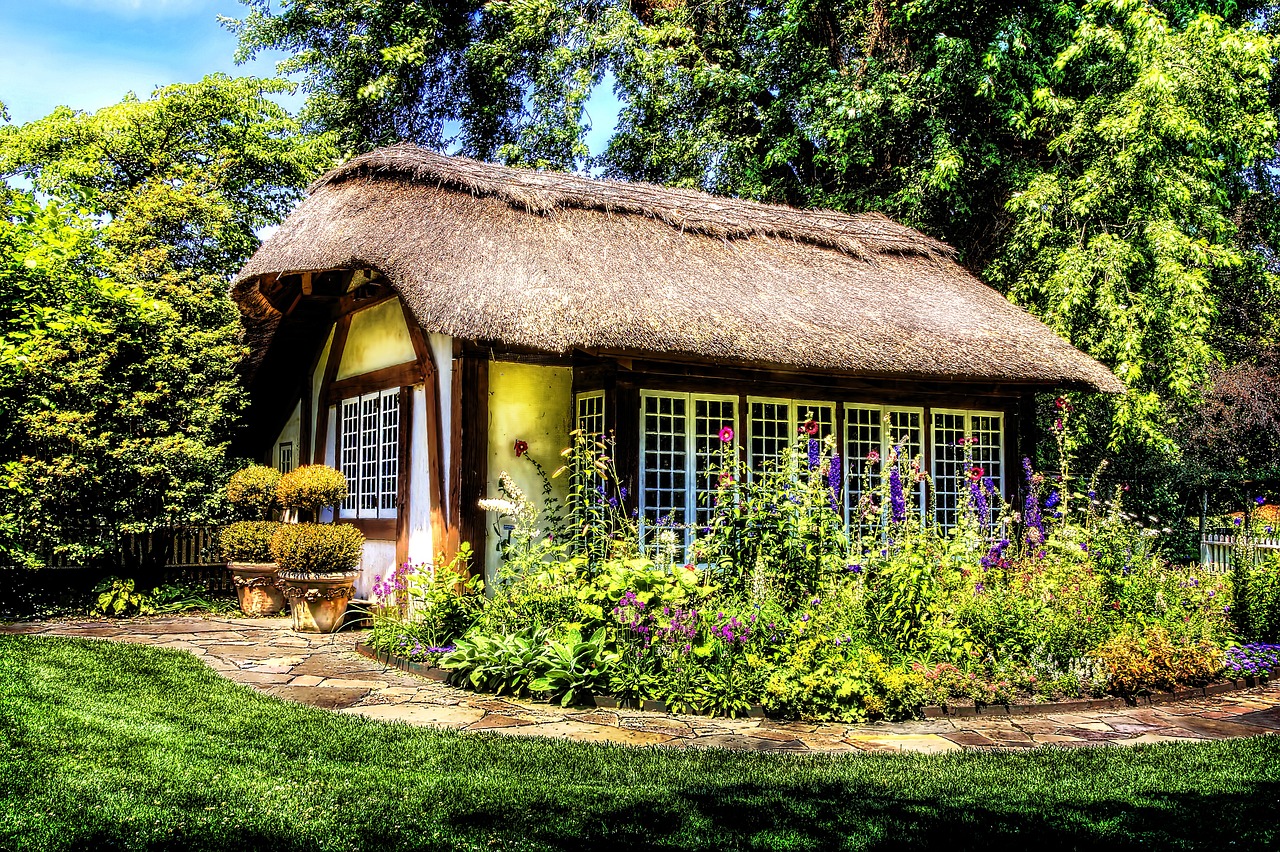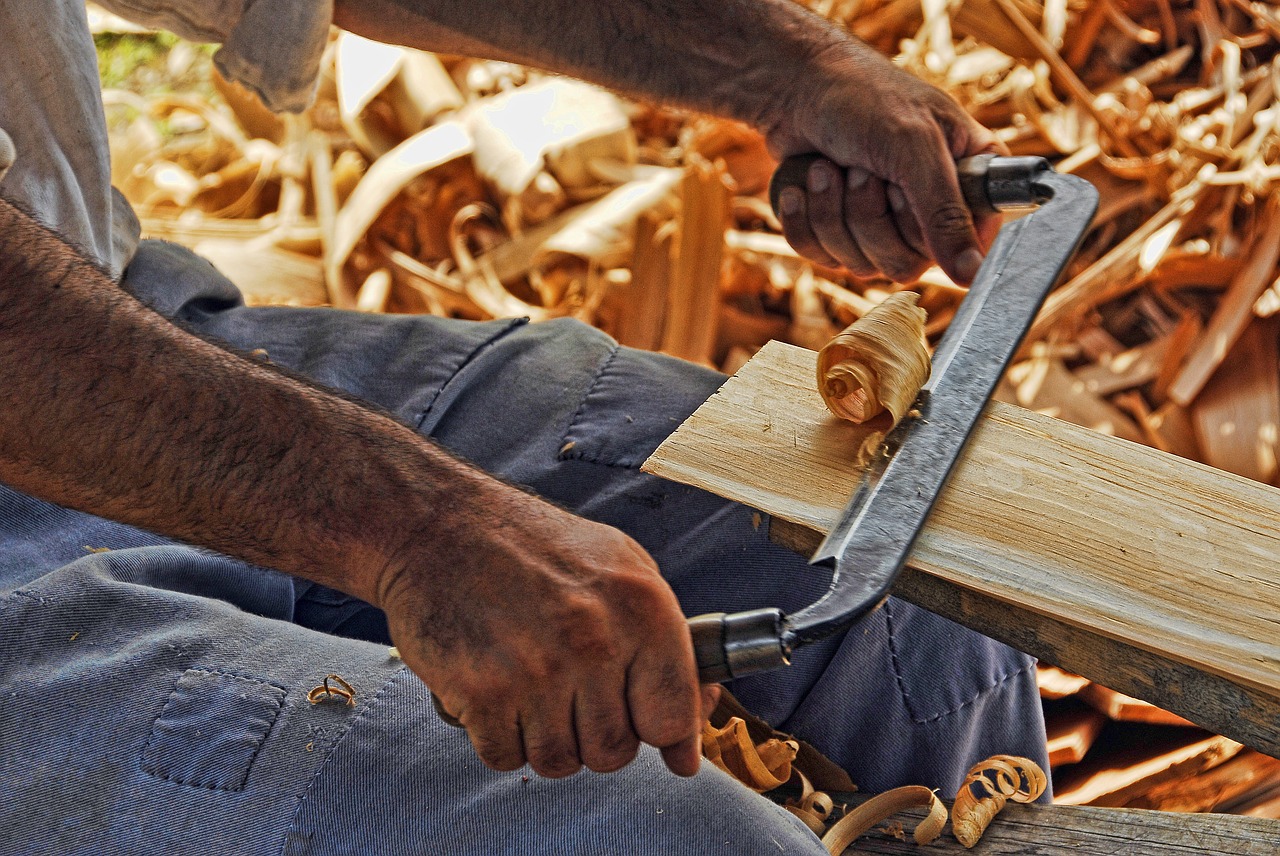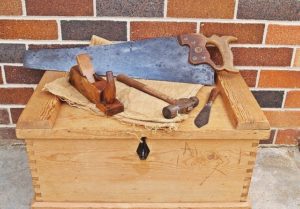Are you ready to take the plunge into your first home demolition project? Whether you’re looking to tear down an old shed, remodel a room, or start from scratch on a new space, diving into DIY demolition can be both exciting and daunting. With the right mindset and preparation, you can transform what seems like chaos into an incredible opportunity for creativity. This guide will walk you through essential tips that will set your project up for success. Get those safety goggles ready; it’s time to break some ground.
Set Clear Goals
 Before swinging that sledgehammer, take a moment to define your objectives. What exactly do you want to accomplish with this demolition? Setting clear goals will help guide every step of the process. Are you looking to create an open-concept living space or simply remove outdated fixtures? Knowing your endgame makes decision-making easier. Visualize the final result and consider any structural changes needed. This will prevent costly mistakes down the line. Reflect on how much space you need and what must be removed versus what can stay.
Before swinging that sledgehammer, take a moment to define your objectives. What exactly do you want to accomplish with this demolition? Setting clear goals will help guide every step of the process. Are you looking to create an open-concept living space or simply remove outdated fixtures? Knowing your endgame makes decision-making easier. Visualize the final result and consider any structural changes needed. This will prevent costly mistakes down the line. Reflect on how much space you need and what must be removed versus what can stay.
Create a Comprehensive Plan
Creating a comprehensive plan is crucial for any home demolition project. Start by listing the specific areas you want to tackle. Are you focusing on a single room or an entire structure? Defining this scope will guide your approach. Next, consider timelines and deadlines. How much time can you realistically dedicate each day? Setting clear milestones helps keep the project moving forward. But if you really have the budget, you should consider hiring professionals to do it for you. Memphis demolition companies offer the best service at an affordable price.
Safety is Paramount
Safety should always come first during a home demolition project. Before you even pick up a tool, take time to assess the environment. Identify potential hazards like exposed wiring or unstable structures. Wear appropriate protective gear. This includes safety goggles, hard hats, gloves, and steel-toed boots. These items can make all the difference in preventing injuries. Keep your workspace organized and clutter-free.
Disconnect Utilities
Before you start tearing down walls, it’s crucial to disconnect all utilities. This step protects both your safety and your home. Start with the electricity. Locate your main electrical panel and shut off the power to the area you’ll be working on. It’s wise to double-check with a voltage tester before proceeding. Next, turn off the water supply. This prevents any potential flooding or leaks while you’re demolishing plumbing fixtures or walls containing pipes. Don’t forget about gas lines if they’re present in your home.

Use the Right Tools
Having the right tools can make or break your demolition project. You don’t want to start swinging a sledgehammer without understanding what you need. First, invest in quality safety gear: goggles, gloves, and hard hats are essential. These protect against flying debris and sharp edges. Next up is your toolkit. A pry bar will help with lifting heavy materials while a reciprocating saw makes cutting through walls effortless. Don’t forget about hammers and chisels for those pesky nails that just won’t budge. Taking on a home demolition project can be both exciting and overwhelming. By setting clear goals, you establish the foundation for success. A comprehensive plan not only keeps you organized but also ensures that you are prepared for any challenges that may arise. Embrace the journey of transforming your space with these essential tips as your guide. Happy demolishing!…



 Landscaping goes beyond planting a few flowers or trimming the hedges. It’s about crafting an outdoor environment that harmoniously blends natural elements and human design, creating a space that beckons you to step outside and enjoy the beauty of the outdoors. Creative landscaping is your opportunity to infuse your personality and vision into your outdoor space, making it an extension of your home.
Landscaping goes beyond planting a few flowers or trimming the hedges. It’s about crafting an outdoor environment that harmoniously blends natural elements and human design, creating a space that beckons you to step outside and enjoy the beauty of the outdoors. Creative landscaping is your opportunity to infuse your personality and vision into your outdoor space, making it an extension of your home.

 One of the best ways to save time when doing
One of the best ways to save time when doing  If you have a family, another great way to save time is to get everyone involved in doing chores. You can assign each person a task or two that they are responsible for each week. It will help lighten your load and teach your children the importance of pitching in around the house. It can be a fun way to spend some quality time together as a family. We hope you found these tips helpful.
If you have a family, another great way to save time is to get everyone involved in doing chores. You can assign each person a task or two that they are responsible for each week. It will help lighten your load and teach your children the importance of pitching in around the house. It can be a fun way to spend some quality time together as a family. We hope you found these tips helpful.
 The first step in setting up a hydroponic garden is determining which system you will use. There are many different types of hydroponic systems. Still, the most common is water culture, nutrient film technique (NFT), and ebb and flow. You can choose any plan you like, but it’s essential to do your research and make sure that the system you choose is suitable for your needs.
The first step in setting up a hydroponic garden is determining which system you will use. There are many different types of hydroponic systems. Still, the most common is water culture, nutrient film technique (NFT), and ebb and flow. You can choose any plan you like, but it’s essential to do your research and make sure that the system you choose is suitable for your needs. Once you’ve selected the growing medium and light source, it’s time to mix and add nutrients. Most nutrient mixes come with detailed instructions, so follow the directions carefully. It’s essential to start with a low dosage of nutrients and increase from time to time as needed. You also want to ensure that your pH balances your water/nutrient mixture. The ideal pH range for most plants is between 6 to 7.
Once you’ve selected the growing medium and light source, it’s time to mix and add nutrients. Most nutrient mixes come with detailed instructions, so follow the directions carefully. It’s essential to start with a low dosage of nutrients and increase from time to time as needed. You also want to ensure that your pH balances your water/nutrient mixture. The ideal pH range for most plants is between 6 to 7.
 The first consideration you should take into account is your budget. You can find woodworking tools at various price points, so it’s essential to set a budget for yourself before looking around for the right equipment. Although some of these tools are expensive, they tend to be of better quality and will last longer than cheaper models, which may require replacement down the road.
The first consideration you should take into account is your budget. You can find woodworking tools at various price points, so it’s essential to set a budget for yourself before looking around for the right equipment. Although some of these tools are expensive, they tend to be of better quality and will last longer than cheaper models, which may require replacement down the road. The type of wood you are using is also an important consideration when buying woodwork tools. Different types of wood require different blades and bits to cut through them properly. For example, hardwoods such as oak are much more challenging to work with than softwoods like pine. Make sure that the tools you buy can handle the type of wood you plan on using.
The type of wood you are using is also an important consideration when buying woodwork tools. Different types of wood require different blades and bits to cut through them properly. For example, hardwoods such as oak are much more challenging to work with than softwoods like pine. Make sure that the tools you buy can handle the type of wood you plan on using.